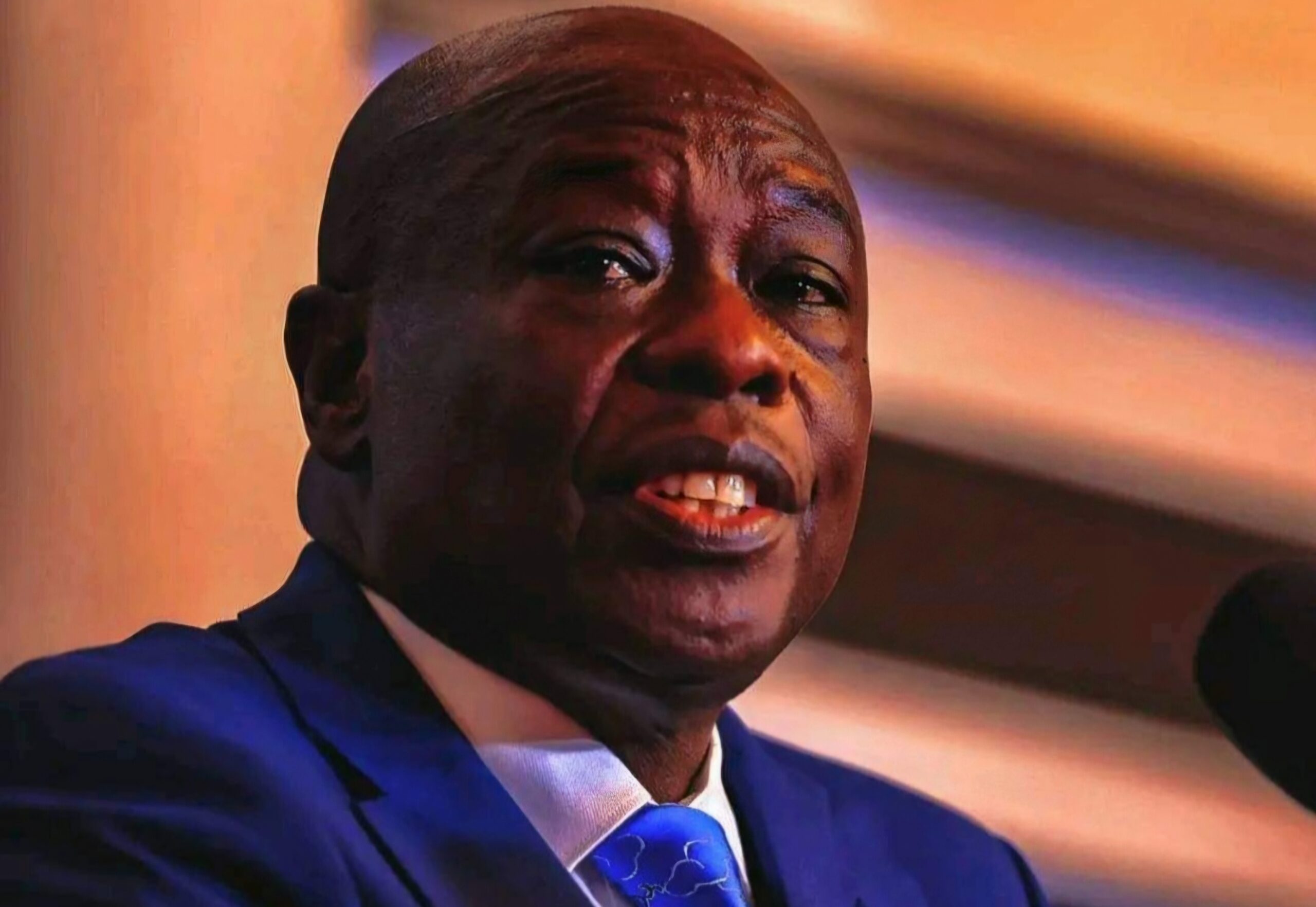Motivating creativity at work
As an employer, you should be in the habit of motivating your employees in different ways. Research over the years has shown that people are likely to be more creative when intrinsically motivated. This kind of motivation comes from the interest, enjoyment, satisfaction and challenge of the work they’re involved in. Extrinsic motivators like compensation, rewards, recognition and fear of failure, if handled delicately, also work hand in hand with intrinsic motivators to motivate creativity. Nonetheless, one has to find a good balance between the two. There are four important factors that every manager or employer should know how to balance in order to motivate creativity.
1. Goals
Goals need to be specific. Everyone needs to see what he or she is working towards and why it is important that they work towards this particular goal(s). Creativity diminishes when goals are too loose. If it’s a problem they are working to solve or a need they are trying to meet, it needs to be clear to your employees. It is motivating to be involved in work that has meaning. In addition to this, employees need to have the freedom to apply their own skills and talents to their work. Being told exactly what to do and how to do it can be demoralising. A clear direction on what they are working towards and flexibility in achieving the goal is the way to go.
2. Evaluation
Evaluation matters because people like to know that someone knows and cares about what they are working on. However, this also requires a certain balance. Strong evaluation pressure creates fear, which stifles creativity, while lack of it may create a lax environment where creativity does not thrive because there is the sense that no one knows or cares about what the employees are working on. Frequent, work-focused evaluation and feedback that is informative and constructive creates an environment where people know that their ideas are respected and considered. This motivates creativity.
3. Rewards
Rewards, whether material or in form of recognition, are indeed a motivator. They make us feel that both our work and ourselves are valued. However, these should not be dangled like a carrot on a stick as they make people feel controlled, which in itself diminishes the very creativity you may be trying to motivate. Creativity will flourish when employees know that their good, creative efforts will be rewarded and recognised.
4. Pressure
Pressure can be both positive and negative when it comes to creativity. Multiple demands, extreme time pressure and competitive pressure are negative and do not motivate creativity. Positive pressure is that which arises from a challenging task (one that is tough but is at par with one’s skills), for instance, solving a problem that no one has been able to. This greatly motivates creativity.
Published in June 2012




